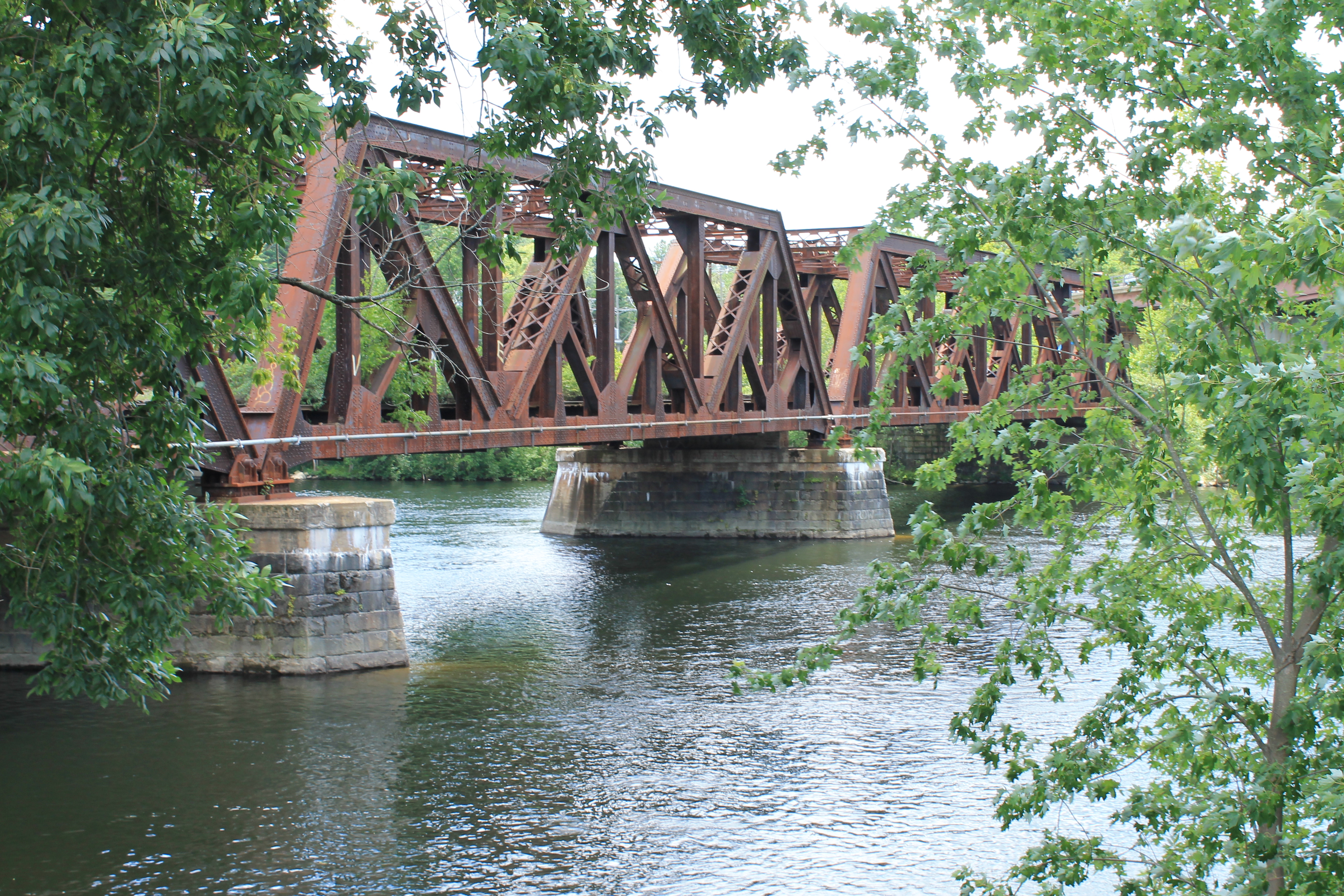
Hooksett, NH History Enrichment
Boy Scouts of America, Eagle Scout Service Project 2015
Dylan Durazzano


Table
of Contents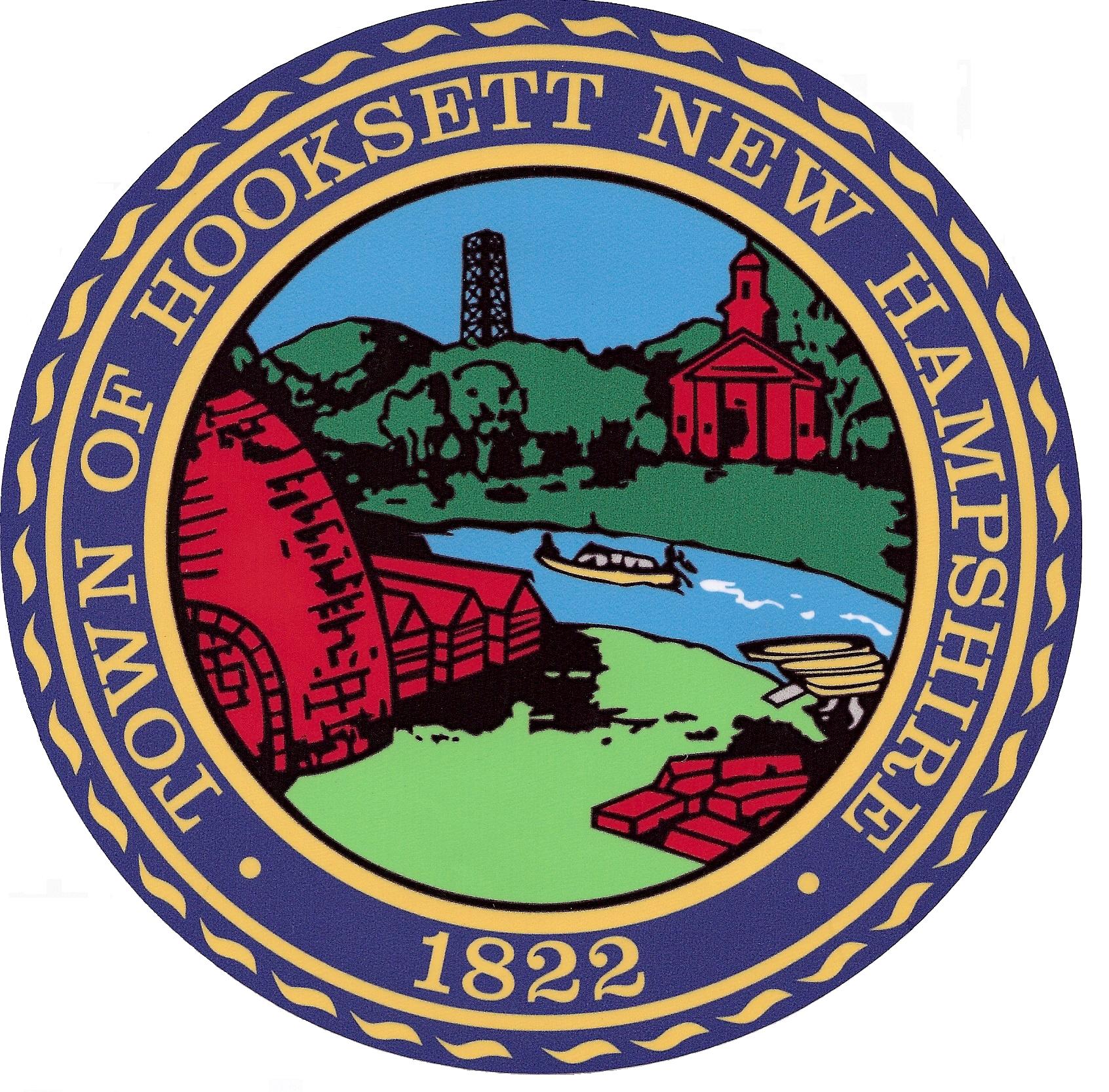
Historical and significant sites of Hooksett
Mount Saint Mary’s:………………………………………………….....4
Old Town Hall:……...…………………………………………………..5
Lincoln Park Residence:………….……………………………………..6
Head’s School House & Cemetery:….……………………………….....7
Robie’s Country Store:………………………………………………….8
Lilac Bridge:….......……………………………………………………..9
The Pinnacle:…………………………………………………………..10
Hooksett Town Hall & Village School:………………………………..11
Prescott Library:……………………………………………………….12
Donati Field:…………………………………………………………...13
Lambert’s Park:………………………………………………………..14
Canal System of The Merrimack River:………………………………15
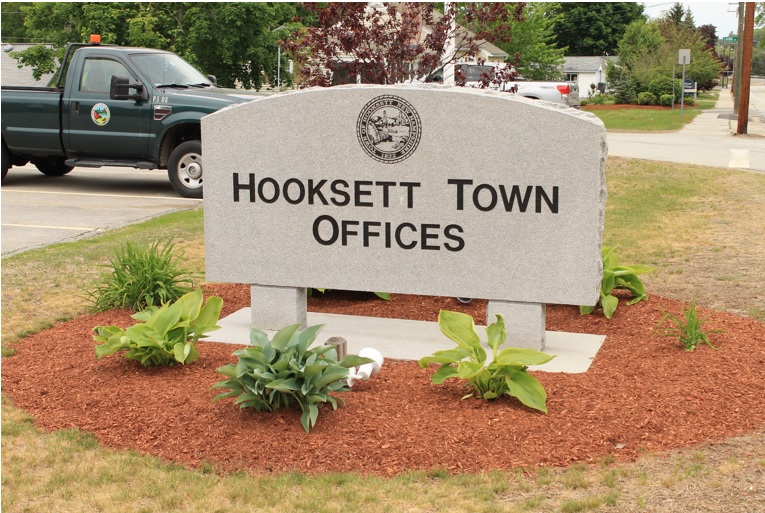
Preamble
The Hooksett History Enrichment Project is a 21st century way to engage citizens and visitors about the rich heritage and history of Hooksett. This book includes 12 historical sites and landmarks throughout the town of Hooksett with original photography of each site. The goal of The Hooksett History Enrichment Project is to show people the rich heritage of Hooksett’s history and to provide the community with an educational resource about its history. Also an additional website is available for use at www.HooksettHistoryEnrichment.com. This project benefits the Hooksett Heritage Commission. This project will benefit them by creating an engaging and educational resource that can easily be distributed or accessed and followed by people of all ages. I would like to thank Mrs. Northrup of the Hooksett Heritage Commission for being my beneficiary sponsor. I would also like to thank Ryan Brockway, Mrs. Northrup, David Durazzano, Mrs. Scott, Zach Hooker, Ryan Shamel, and Oliver Mack for assisting me in the research process.
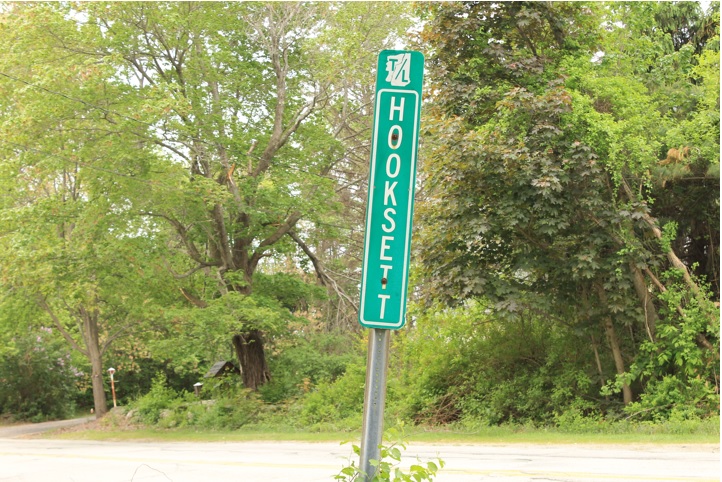
Mount Saint Mary’s
Mount Saint Mary’s was the oldest convent boarding school for girls in northern NE. Students ranged from first grade through high school. It was originally purchased in 1909 by the Sisters of Mercy from the prominent Galt family on 300 acres of field and woodland. Chartered in 1934, Mt. St. Mary College was the first four-year women’s college in NH. It shared the campus with its Seminary high school students until 1949. It was closed in 1978. NH College occupied the site from 1981 – 1997. When it closed this campus, the college offered to give the main building to the town, but the Town Council declined. In 1998, it was sold to an investor and converted to residences. Now Mount Saint Mary’s functions as a luxury apartment complex, and the building is called the Mount Saint Mary Apartments. See https://en.wikipedia.org/wiki/Mount_Saint_Mary_College_%28New_Hampshire%29 for lots more info.
*Historical Marker Here
- Did you know that there is a water tower on property which is a must see.
-The columns of the main entrance are over 20 feet tall and resemble Greek columns.
- Mt. Saint Mary’s is located next to the current Hooksett town library.
- Location 1701 Hooksett Road, Hooksett NH.
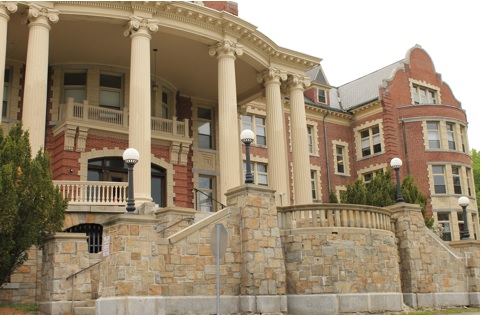
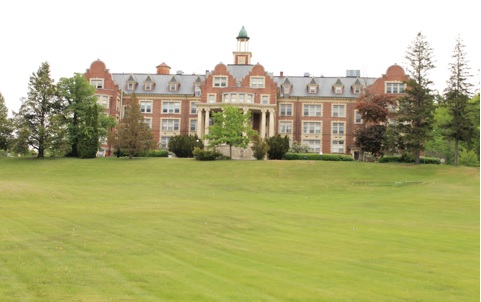
Old Hooksett Town Hall (Not Current)
Hooksett’s original town hall was built in 1828 and has had many renovations to meet the town’s needs as it grew. Jeremiah Hall Wilkins of Pembroke donated the building to the town as a gift. The building was used for more than just a town hall, it was a meeting place for the community, functioned as a Congregational Church, and was used by town government officials. In 1936 a flood damaged the building and with the loss of the Odd Fellows Hall, the town hall underwent a renovation to replace broken parts of the building and to expand the facility. A new one-story addition was added to the building in 1937 to have space for a kitchen and dining room. At around this time, the building was also used for weddings, school graduations and even on occasion rented out to local businesses. In 1961, the town hall went through another major renovation. This time the main building was converted to municipal offices and the kitchen was removed to create more office space. Once again in 1975, more room was need for offices so a second floor was built and converted into office space. As the town continued to grow, it was obvious that the town hall would soon need a new location. The hall functioned until 2008 when it was relocated to its current location, 35 Main Street (the former Hooksett Village School location). The old Town Hall was operational for 180 years and will always be a part of Hooksett's great and vibrant history.
-Locals say it is haunted.
-Did you know that Hooksett’s first town hall was referred as a Town House not town hall?
-The first meeting was held November 3, 1828.
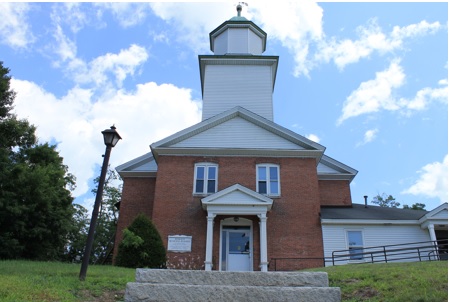

Lincoln Park Residence
Lincoln Park Residence is Hooksett’s oldest planned neighborhood, originally planned and built in June 1911 with 218 lots of various sizes available for purchase. Most lots were sold between 1911 & 1915 for $75 - $100. Residents of Lincoln Park remember it as a friendly and welcoming community. Their stories were filled with the joy of their childhood. Many residents remembered the games they played with other children in the community. It had a local school for the children and a general store to buy everyday needs. Lincoln Park also had a fire station in the community and everyone enjoyed the company of the fire fighters, especially the children. The community grew rapidly as word spread about its welcoming atmosphere. The neighborhood changed after the local school closed and when I -93 become busier with new businesses and traffic in the 70’s. Even through this time of change, Lincoln Park Residence continued to hold its morals of a happy community.

Head’s School House & Cemetery
Head’s
Cemetery is one of the oldest cemeteries in the area with headstones
from the early 1800’s when Hooksett was a part of the town of
Chester. Natt Head, a former NH governor, was buried here and the
cemetery was named after Governor Head. In 1839, Head’s one
room schoolhouse was built. It was the District One school until it
was closed in 1912 due to the dwindling student population. After
being a school, the building was made into a chapel in 1922 and then
rededicated in 1966 by the Women’s Club. After being untouched
for many years, in 2010 the Heritage Commission restored it back to
its original state, as in 1912. Today the schoolhouse is an iconic
site for tourists and the community. A few times a year, the school
is reopened and students from various grades visit the school to
participate in a 1900’s school day experience. The building
serves as a museum for items from the Historical Society.

Robie's Country Store
Robie's Country Store is located on the west side of the Merrimack River, and originally had a dock. The railroad passed right behind this site in 1842. The original building burned in 1857 and was rebuilt, then burned again in 1906 and was once again rebuilt. George A. Robie bought the store in 1887, and it was passed from father to son for 110 years. The last Robie’s owner was Lloyd Robie, who took over as the fourth generation in March 1965. He retired in 1997. Hooksett residents formed the "Robie's Country Store Historic Preservation Corporation" and bought the property from the Robie family in the year 2000. The building serves as a museum for items from the Historical Society and keepsakes from the Robie family. The Society maintains the historic structure and the store is operated by a tenant. The store has been open off and on, and breakfast and lunch are served. The store continues to be a gathering place for local people and for visitors. Robie's Country Store has been placed on the State and National Registers of Historic Places, and several other historic plaques and certificates are on display inside the store. The success of this historic site depends on the support of the community. Robie’s is also an important stop on most political campaigns. Most presidential primary candidates campaigning in NH make an appearance at Robie’s Country Store.
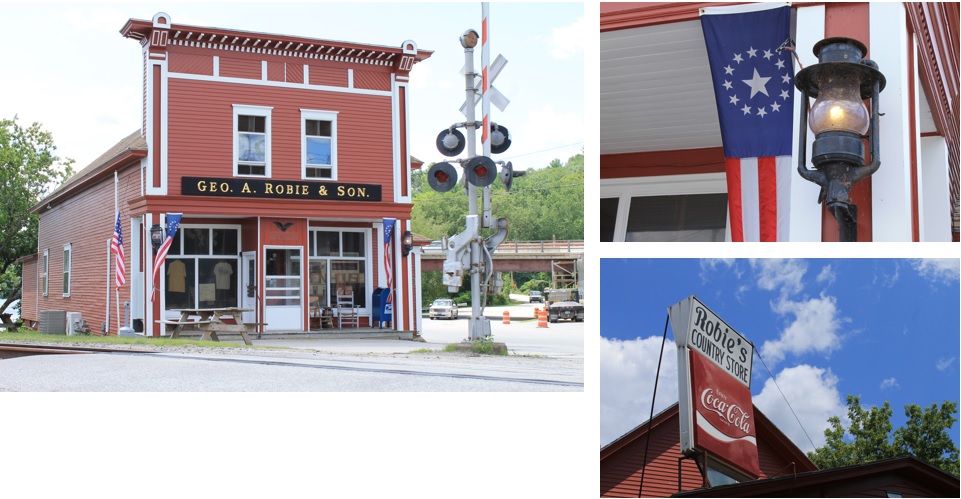
Lilac Bridge
The Lilac Bridge is a historical site for the Town of Hooksett. It was designed by John Williams Storrs and built by the American Bridge Co. Its length is 490.2 feet and its width is 18.7 feet. It was opened for traffic in 1909 and is New Hampshire's only surviving example of a three-span High Pratt truss bridge. It had to undergo repairs in 1936 but was closed to all traffic in 1976. It was later renamed the Lilac Bridge in 1997. The total span is 490 feet with the longest span about 170 feet. The remaining spans are approximately 160 feet. The horizontal alignment of the upper chords and the different scales on the pictures make these bridges look very different, but looking at other angles definitely shows the family resemblance. The Lilac Bridge has lateral decking with a steel member every 15 feet.
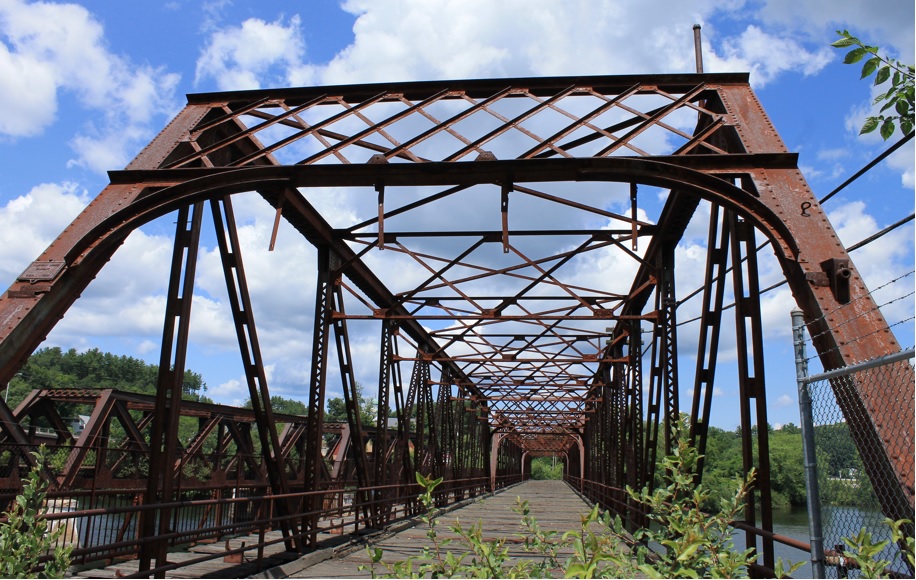
Pinnacle Hill
Pinnacle Hill is an iconic place where people of Hooksett can enjoy the views of the Merrimack River and beyond. The top of the mountain sits at 484 feet above sea level overlooking beautiful downtown Hooksett. In the old days it was open as a state park and admission was only ten cents. In the 1880’s Henry C. Carbee constructed an 85 foot wooden observation tower with five platforms. The property also included a pavilion and a small zoo. Most people would describe the view by saying it was a sea of green, there were no lake or outlets just trees back then. Before being donated to the town, it was owned by Arthur “Bud” Locke, a survivor of the Bataan Death March and a former POW. The park originally had about fifty acres of land, which was a fine display for deer, foxes, and many other animals. Henry David Thoreau visited the Pinnacle in 1839 and wrote about it in his book, “A Week on the Concord and Merrimack Rivers”. Just follow the logs and signs to find your way around and the most important part is to have fun visiting.
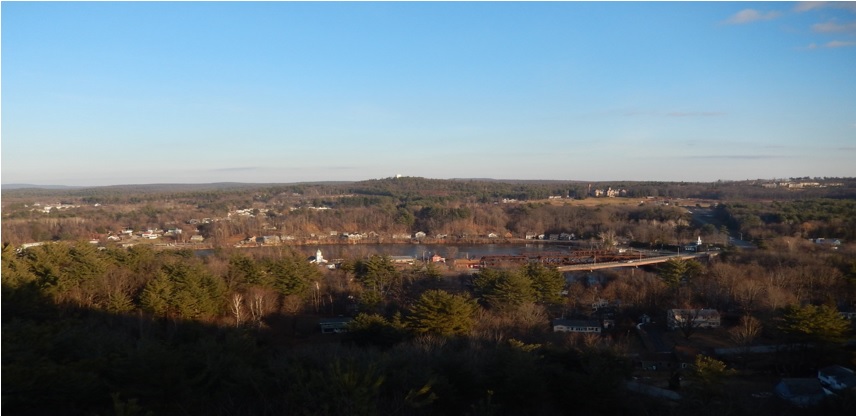
Hooksett Village School
The old elementary school of Hooksett, Village School, is now the current Town Hall of Hooksett. Village School closed in 2003 with the opening of Cawley Middle School. It was built to replace the former #6 school, known as the “Village” school, located near the Congregational Church, which was destroyed by the flood of 1936. For five years, most of the building was out of service with the exception of the gymnasium being used for the summer camp, “Fun in the Sun”. The former school became the town hall in May of 2008 when the old Town Hall closed due to overcrowding and a need for a larger facility.
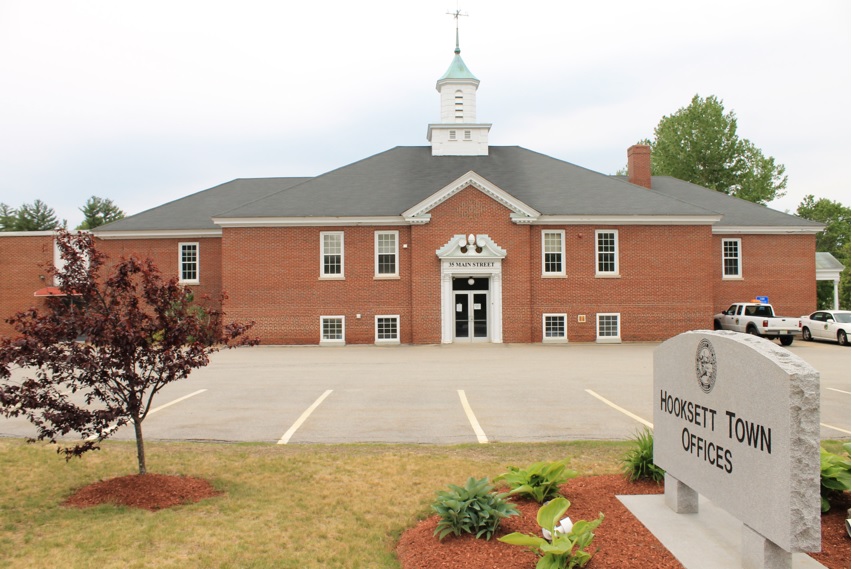
Arah W. Prescott Library
The Arah W. Prescott Library opened in 1910. It replaced a small library that was housed in a corner of Town Hall. The library was a gift of Arah W. Prescott. Mr. Prescott began working in the Hooksett Woolen Mill when he was only 9 years old and worked there until he was 18. Prescott went on to be successful in a variety of businesses. He was an overseer in the mills and invented equipment to improve operations which the company bought from him. During this time, he taught a writing school in the evenings. He managed a quarry, was successful in farming and real estate. He built Arah Street from Union St in Manchester to Hooksett Road. He was a longtime supporter of the library and stepped forward to offer the town $3000 to build a library. With this money a brick building with a slate roof was built on a site next to the Town Hall. In the librarian’s report of the dedication on Feb. 3, 1910, she said: “Mr. Prescott has erected a beautiful building of brick, with slate roof. The inside finish is of quartered oak, with furniture to match. The bookracks are made of steel. Among the furnishings is an ornamental fireplace with brass fixtures. This library building served the town until 1973 when the library was moved to the Duracrete building on Hooksett Road. The Arah W. Prescott Library now serves as the home of the Hooksett Historical Society. Next to the building, you will find a plaque identifying the spot where Hooksett’s first town meeting was held. Also on the grounds of the library is a Revolutionary War cannon. One surprising feature of the library building is the Chinese lions that guard the front doors. They are made of marble and are not original to the building. They were placed there in 1989. The lions were donated by May Chen. They had been outside the Kahula Palace restaurant or the China Dragon as it was previously called. The restaurant burned down in 1988.
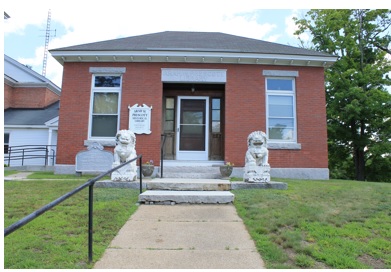
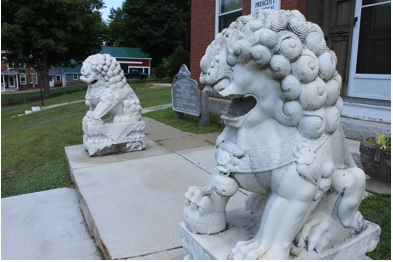
Arthur Donati Memorial Field
This is the place where the kids of Hooksett catch their first baseball, football, softball, or lacrosse ball. It was named after Arthur Donati for his many years of unselfish devotion to the youth, his church and the community. This park will host many events, such as jamborees and haunted trail walks. Old Home Day is hosted at Donati Field and it is always a big hit with the community. Old Home Day is a fun local event that hundreds of people from the community attend from all ages. The event allows local businesses to give out free samples and promote their service or products. Old Home Day helps connect Hooksett’s local businesses and the community. So sit back, relax and watch your children run and have fun.
Arthur was the son of Donato Donati, an Italian immigrant who started a company creating cast concrete products in Hooksett (D. Donati & Sons).
Arthur was in charge of sales for the Duracrete Block Co. of Hooksett (the most recent former library building on Hooksett Rd.)
Arthur served as chairman of Hooksett’s Industrial Advisory Council and was a member of the school board from 1952 – 1957. He also sponsored drives for many charitable organizations.
He was named Citizen of the Year in April 1963 by the Hooksett Men’s Club.
He died in Sept. 1966, and in May 1967 the town recreation field was dedicated to him as the Arthur Donati Memorial Field.
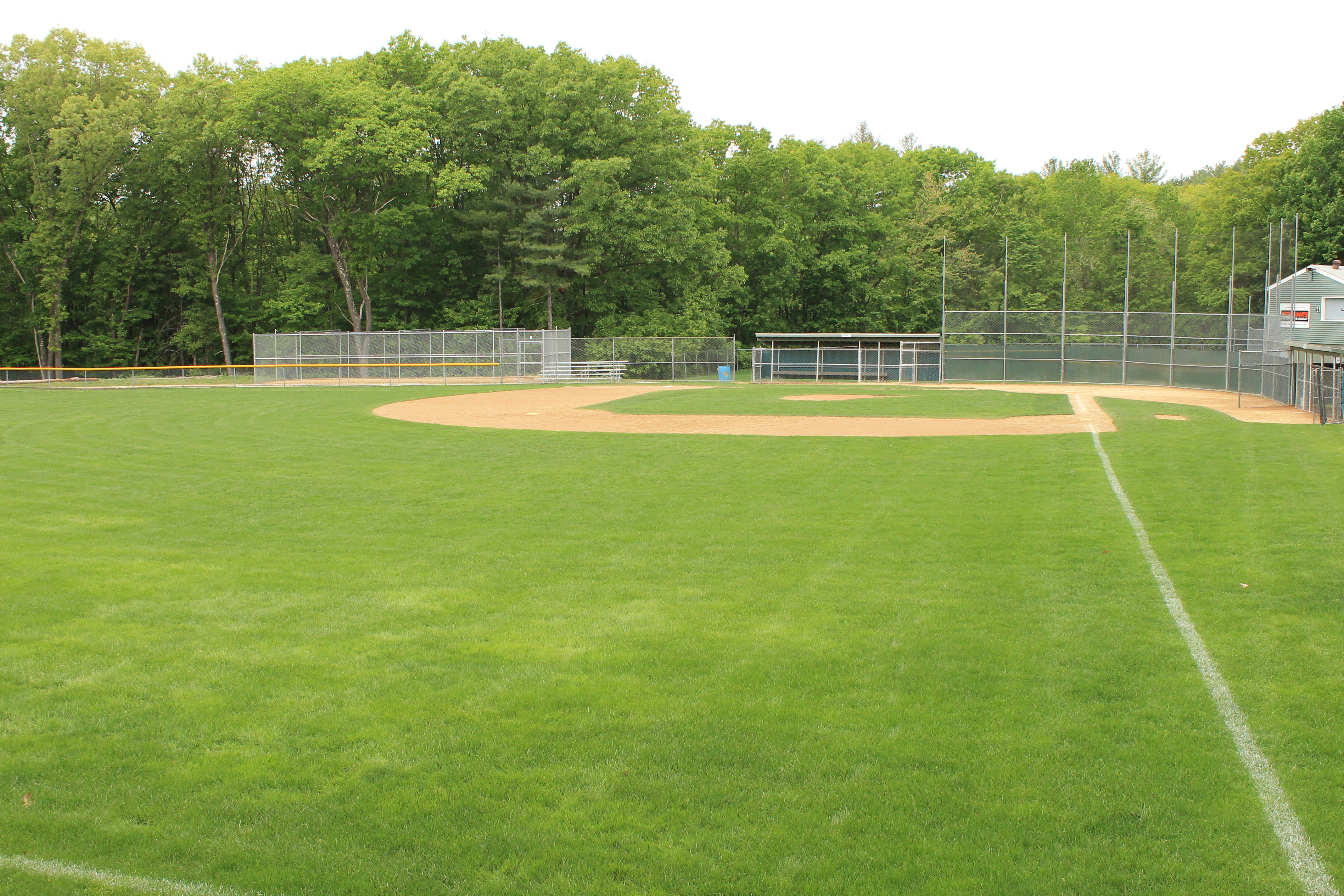
Lambert’s Park
Lambert’s Park is named after Alfred (Fred) Lambert, a longtime Hooksett resident, who was active in the Conservation Commission. It was his vision that led to the town’s acquisition of the site of the former Hooksett Manufacturing Company’s Dundee Mill. This land was added to town owned property along the river on Merrimack Street to form the park, originally called Riverside Park. The Town Report of 1973 lists a warrant article “To see if the town will vote to raise and appropriate the sum of two thousand five hundred dollars ($2,500.00) to be matched with a grant of two thousand five hundred dollars ($2,500.00) from the Land and Conservation Fund Act of 1965, the Bureau of Outdoor Recreation within the Department of the Interior. To be used by the Town Conservation Commission to improve Riverside Park (old Dundee Mill property) for a multi-purpose recreational area (Hooksett Conservation Commission).” There is a state boat launch at the site as well as grassy areas for picnics, a gazebo and a historic marker about the Hooksett canal. This park is one of the best places to access the Merrimack River in town. There is a designated parking area for boat trailers and for park visitors. Watch the river flow by and enjoy the sights. Put your boat in and experience the river like Henry David Thoreau did in 1839.

Canal System of the
Before the railroads, the Merrimack River was the highway from the Atlantic in Newburyport, MA to Lake Winnipesaukee. The river was busy with barge traffic moving goods from mills to market. The governor of Massachusetts granted the charter of the Middlesex Canal in 1793. The proprietors were charged with making the river navigable from north of Lowell, MA to Concord, NH. The biggest work along the way was the Blodgett Canal in Manchester, which cost $60,000 and opened in 1807. The Hooksett Canal, by contrast, cost $6,750. The Hooksett Canal was so small in comparison to others along the Merrimack it was for years called “The Hooksett Ditch”. It was located on the west side of the river and was only big enough to allow passage of a boat 9 and a half feet wide. There was a branch of the canal that led to Head’s Brickyard. Head’s Brickyard produced the bricks used to build the mills and worker housing in the Manchester mill buildings. Further up river at the Hooksett District Courthouse there is a sign about the canals. They were built from large granite slabs. On the river side of the road into the courthouse, you will find a bench made from one of these slabs. The canals were no longer used after the railroad was extended to Concord in 1842. By 1844 it was no longer profitable to ship by water and the last boat on the Middlesex Canal made its final trip in 1851.
